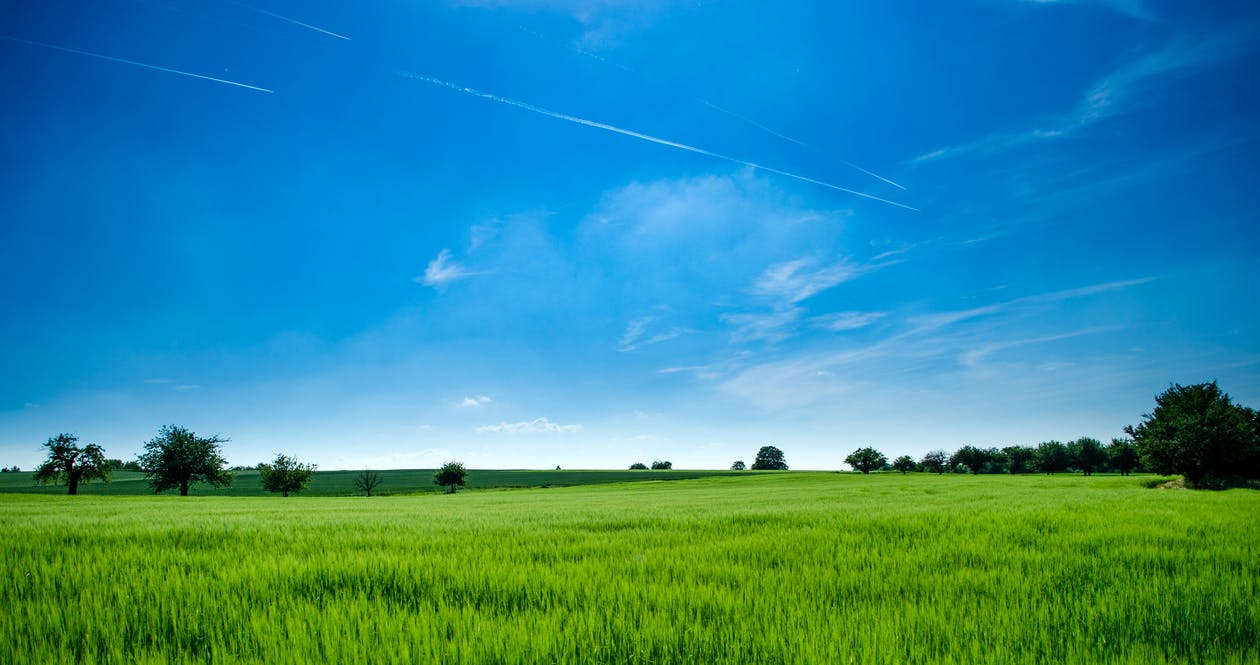
25 Apr LAWN CARE AND LANDSCAPING 3.0: THE FUTURE OF GREEN DESIGN
The landscaping and lawn services industry has experienced considerable growth in recent years, and it is expected to continue growing in the years ahead. As people become more environmentally conscious and seek to create outdoor spaces that are both beautiful and sustainable, the demand for innovative landscaping solutions will only increase.
Clearly, if you haven’t spotted it yet, the future of landscaping will see more eco-consciousness come to the forefront. People are looking for ways to reduce their environmental impact and create outdoor spaces that are eco-friendly. This has led to a rise in the use of native plants, which are adapted to local climate and soil conditions and require less water and fertilizer. What’s more, many homeowners are opting for low-maintenance landscaping designs that require less water, less maintenance, and fewer chemicals.
Technology is also influencing the coming years of lawn care services. Landscaping professionals are turning to tools like drones, 3D modeling software, and virtual reality to help them design and visualize outdoor spaces. These offerings allow working professionals to create more accurate and detailed designs, which can help them to better communicate their ideas to clients.
But shifting audience demographics are also playing a role here too. As the baby boomer generation ages, many are downsizing and moving to smaller homes, which means they are looking for low-maintenance landscaping solutions that require less upkeep. At the same time, younger generations are more likely to prioritize outdoor living spaces and seek out sustainable and environmentally friendly options.
One of the biggest hurdles facing the landscaping industry in the future though will be the impact of climate change. As temperatures rise and weather patterns become more unpredictable, landscapers will need to adapt their designs and practices to cope with these adjustments. This may mean using more drought-resistant plants, implementing water-saving techniques, and creating designs that are more resilient to extreme weather events.
Despite these potential hiccups, the future of landscaping and lawn services looks promising indeed. As people continue to value outdoor living spaces and seek out greener and more Earth-friendly solutions, there will be plenty of opportunities for landscapers to innovate and create beautiful, sustainable outdoor spaces.



